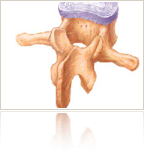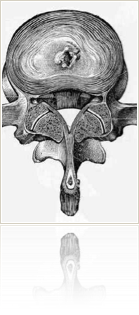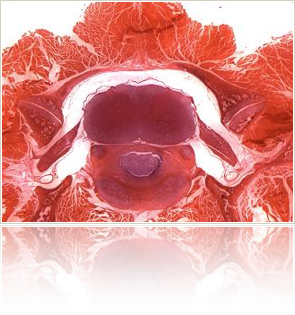




Tissue engineering is a relatively new and promising field that could be used to help patients with intervertebral disc problems. It could be used to repair degenerated discs as well as to create a new intervertebral disc to replace discs in patients that have had discectomies [1, 2, 5]. This section will focus on creating a complete intervertebral disc construct. By providing an intervertebral disc that is made of cells and other molecules and materials found naturally in intervertebral discs, tissue engineering could be used to provide patients with a disc replacement that would not unnaturally alter spine mechanics or be disrupted by particle wear. The current treatments for intervertebral disc degeneration alleviate the symptoms without actually solving the problem. Tissue engineering could be used to actually cure this condition. Moreover, tissue engineering could be used to customize a new disc of the right size and shape to fit each individual patient. Patient-specific replacements could be engineered to truly cure patients.
Almost all tissue engineering approaches involve finding a cell source (usually a type of stem cell), differentiating these cells into desired types, seeding the cells onto a scaffold to give them a 3D structure, and then implanting the new tissue construct. Please select one of these subsections to explore.






Tissue Engineering Solutions

To the next section
To the previous section








